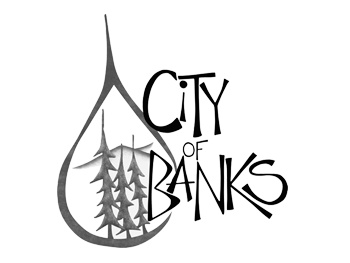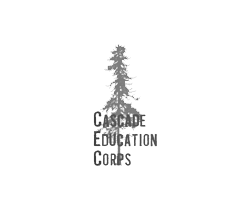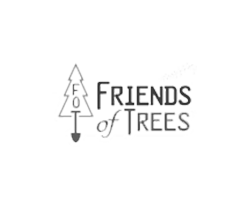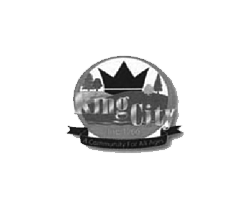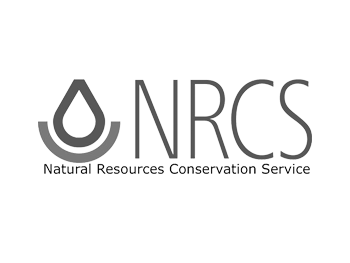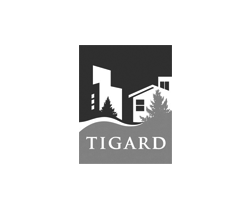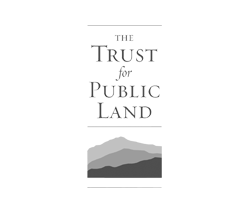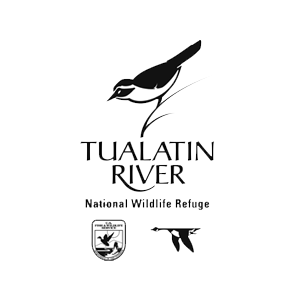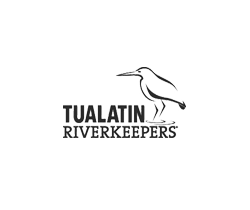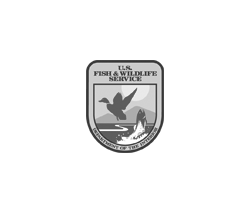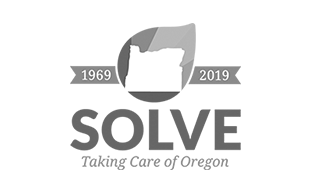Take advantage of the volunteer opportunities and events offered by our partners this month!
Partners set sights on common goal at recent gathering
Habitat Connectivity is one of two key initiatives identified through the 2023 Tree for All Visioning Workshops. A working group has formed to explore how the collaboration can connect and protect habitats to achieve the common goal of a climate-resilient watershed. Habitat connectivity— a term that describes the health, genetic diversity and disbursement of animal and plant populations in a particular area— is a complex, multi-layered topic that poses considerable challenges to ensuring the health and resilience of a given habitat.
November 2024 Community Events
Mapping habitat for a healthy watershed
Habitat Connectivity is one of two key initiatives identified through the 2023 Tree for All Visioning Workshops. A working group has formed to explore how the collaboration can connect and protect habitats to achieve the common goal of a climate-resilient watershed. Habitat connectivity— a term that describes the health, genetic diversity and disbursement of animal and plant populations in a particular area— is a complex, multi-layered topic that poses considerable challenges to ensuring the health and resilience of a given habitat.








